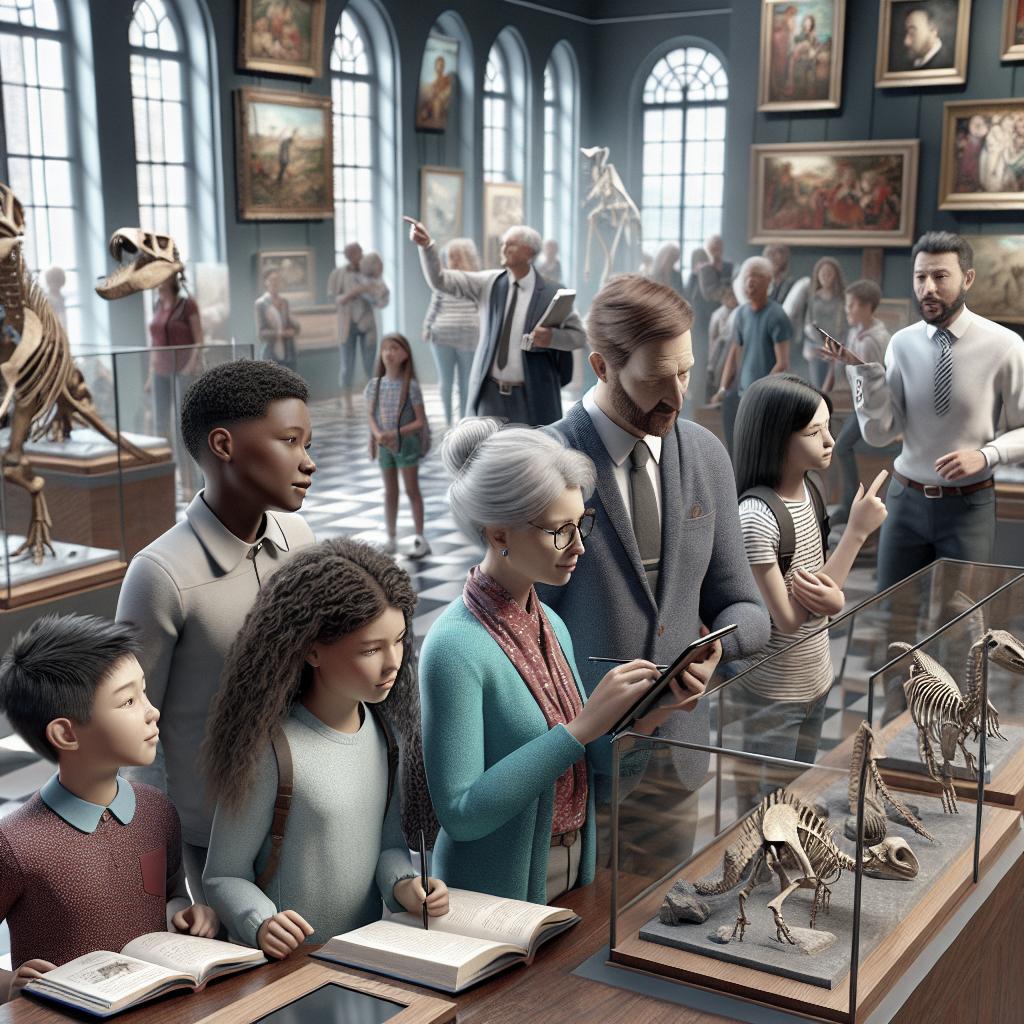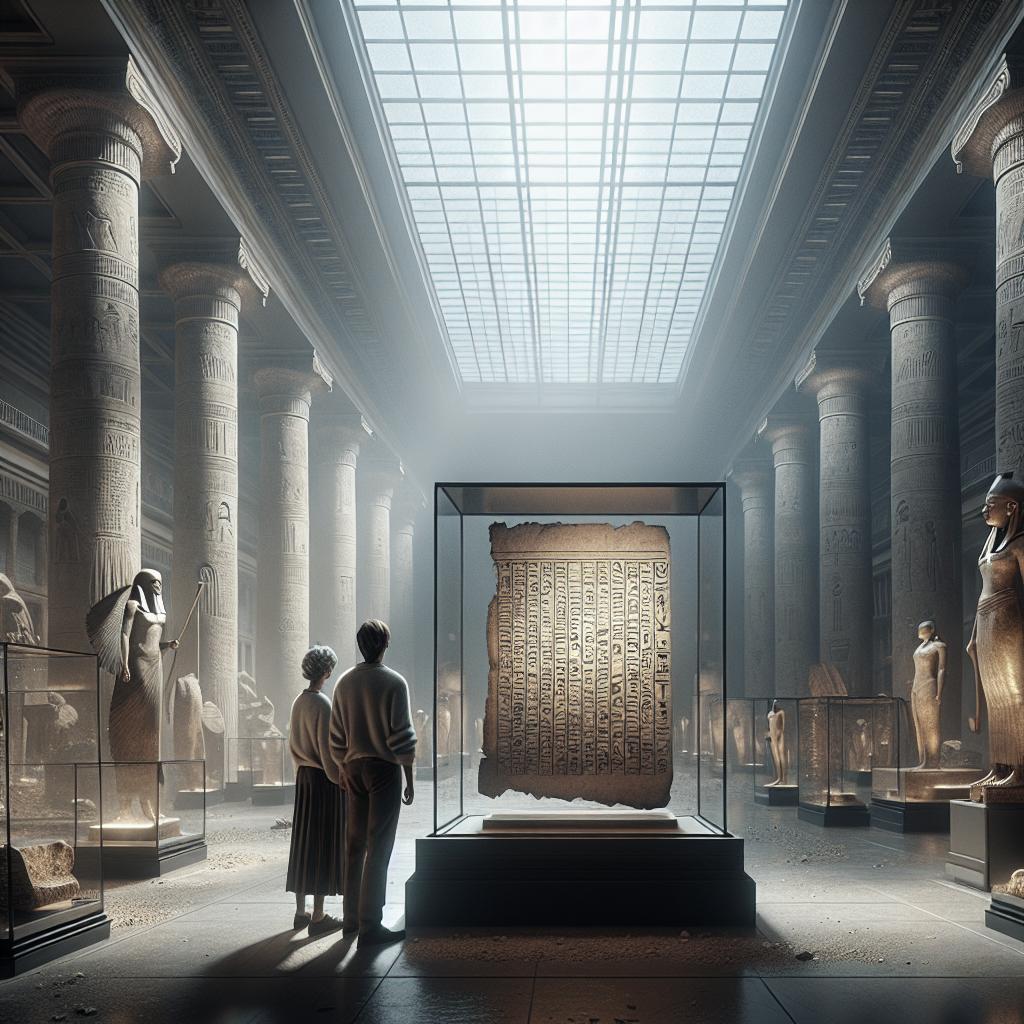As gatekeepers to the treasures of history, art, science, and culture, museum curators hold a vital role in our society. Their multifaceted responsibilities range from selecting and organizing new exhibitions to meticulously maintaining and documenting collections. This blog post delves into the various roles of a museum curator, exploring how they choose new displays, take care of collections and acquisitions, and handle documentation and event planning. Additionally, we offer a sneak peek into our most recent public administration news and blog posts and provide guidance on how to take your interest in museum curation to the next level.
Choosing New Displays
The process of choosing new displays is one of the most visible aspects of a curator’s role and involves a great deal of creativity, research, and strategic planning. Curators actively seek pieces that not only align with the museum’s mission but also captivate and educate the public. This involves collaborating with artists, historians, and other experts to identify significant works that will form the basis of compelling exhibitions. Curators also need to consider the logistics of hosting displays, including the spatial layout, ensuring appropriate lighting, and deciding on interactive elements that enhance visitor engagement. They work closely with exhibition designers to create a flow that tells a coherent story, providing both aesthetic pleasure and educational value. Additionally, marketing strategies and audience analysis play a critical role in fine-tuning the curation process to meet the interests and expectations of diverse visitor demographics.
Taking Care of Collections and Acquisitions
Behind the scenes, a significant portion of a curator’s work revolves around taking care of the museum’s permanent collections and acquisitions. This task involves meticulous preservation efforts to protect items from deterioration due to environmental factors like light, humidity, and temperature. Curators often collaborate with conservators to conduct regular inspections and necessary restorations. Acquisitions are another critical responsibility, requiring curators to possess a deep understanding of the market value, provenance, and historical significance of potential additions. They must demonstrate ethical judgment when negotiating acquisitions, ensuring the legitimacy and proper documentation of pieces obtained. A strong network within the academic and collector communities proves invaluable in identifying opportunities for expanding the museum’s collection with meaningful artifacts and art.
Keeping Records and Planning Events
Record-keeping is an essential facet of a curator’s role, paramount for tracking the origins, condition, and location of all items in a collection. Curators utilize advanced database systems to log detailed information, facilitating transparent and efficient management. Accurate records support the preservation efforts, contribute to scholarly research, and enhance resource planning. In addition to their duties as keepers of collections, curators also act as event planners, orchestrating educational programs, lectures, and special exhibits. These events serve to deepen public engagement and broaden the educational outreach of the museum. By coordinating with educators, historians, and community leaders, curators bring enriching experiences to various audience segments, fostering a deeper appreciation of cultural heritage.
Explore Our Most Recent Public Administration News & Blog Posts
Stay informed and inspired by exploring our latest blog entries, shedding light on recent trends and significant developments within the realm of public administration. From policy changes to innovative community initiatives, our posts offer a wealth of knowledge for anyone interested in the role of museums in public life. Discover how museums are integrating technology, engaging communities, and preserving history in dynamic new ways.
Take the Next Step
Are you inspired by the intricate and impactful work of museum curators? Whether you’re a student, a future curator, or a passionate enthusiast, there are several paths you can take to pursue your interest. Consider volunteering at local museums, enrolling in specialized courses, or joining professional associations such as the American Alliance of Museums. These steps will provide valuable experience, networking opportunities, and further your understanding of the multifaceted role curators play in preserving and interpreting our collective heritage.
| Aspect of Curation | Details |
|---|---|
| Choosing New Displays | Involves creativity, research, strategic planning, collaborating with experts, and considering logistics and audience interests. |
| Taking Care of Collections and Acquisitions | Includes preservation, restoration, ethical acquisitions, and networking with academic and collector communities. |
| Keeping Records and Planning Events | Entails detailed record-keeping, utilizing database systems, and coordinating educational programs and special exhibits. |
| Explore Our Most Recent Public Administration News & Blog Posts | Offers insights into recent trends and developments within public administration and the museum sector. |
| Take the Next Step | Suggests actionable steps for those interested in pursuing museum curation, including volunteering, education, and joining professional organizations. |


